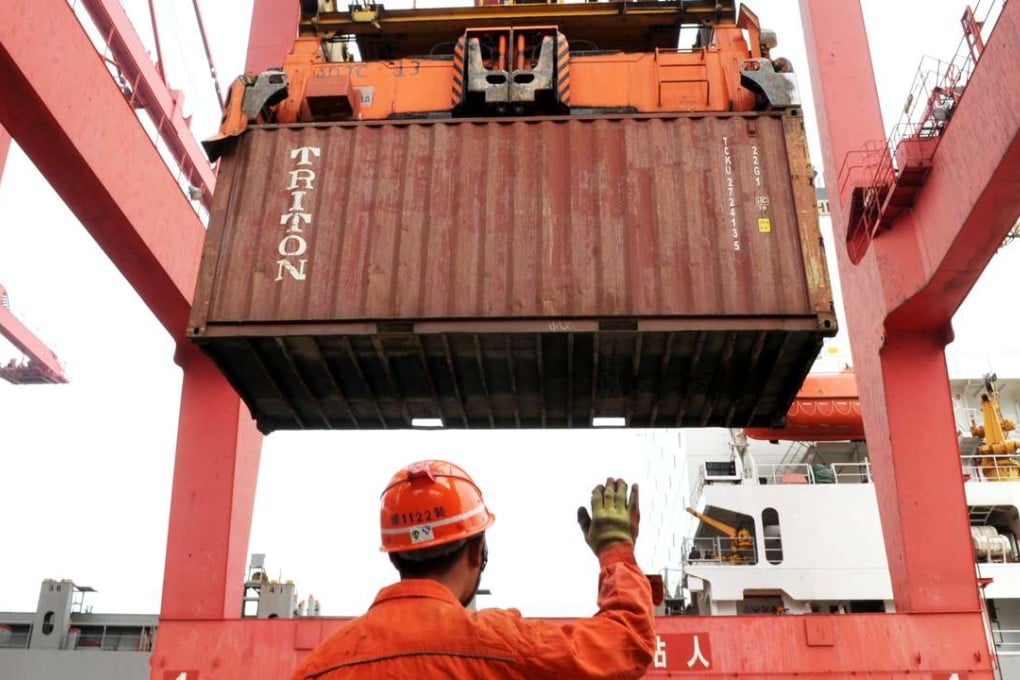Opinion | Creative business solutions all down to connecting the dots
Why learning, observation and experience are more important than thinking ‘out of the box’

The biggest myth in management is that you have to think “out of the box” for a creative solution to your problem. In the real world, that is simply not true.
Much closer to the truth is what Steve Jobs said in his 2005 Stanford commencement address – that creative solutions come by “connecting the dots”. What he meant was that you cannot “create” solutions. It has got to come from the awareness you have built up through learning, observation, experience, or all of them. The prerequisite is awareness.
This is best illustrated in the case of the “creation” of containerisation in the maritime industry. Globalisation in trade flourished with the universal application of information technology in the 1990s. But it actually began with containerisation in the 1960s. Until then, loading and unloading of freight vessels had been conducted in very much the same way over the centuries: by hand.
In the 1950s it typically took a week to load and another week to unload a freight vessel shuttling between ports. Though the lifting of cargoes on and off ship was done mechanically, the packing of cargoes inside the ship continued to be done manually. Precious dock space was wasted when ships had to wait. The cost of lost cargoes due to theft and inattentive handling was high.
Waiting in the long queue for his truck’s cargo to be unloaded, Malcolm McLean, who part-owned the truck company and was himself a driver then, had sufficient motivation to ask: “Can it be done more quickly?”
It often takes many dots to be creatively connected before coming up with solutions. That is when team work comes in
He also had sufficient awareness to think deep: he had observed how sensitive cargoes such as ammunition and fighter planes were handled during the war years when they had to be shipped in large quantities across the Atlantic in the most efficient and safe manner. They were packed inside custom-made boxes that were then put onto specifically fitted racks on and under the vessel’s deck.
